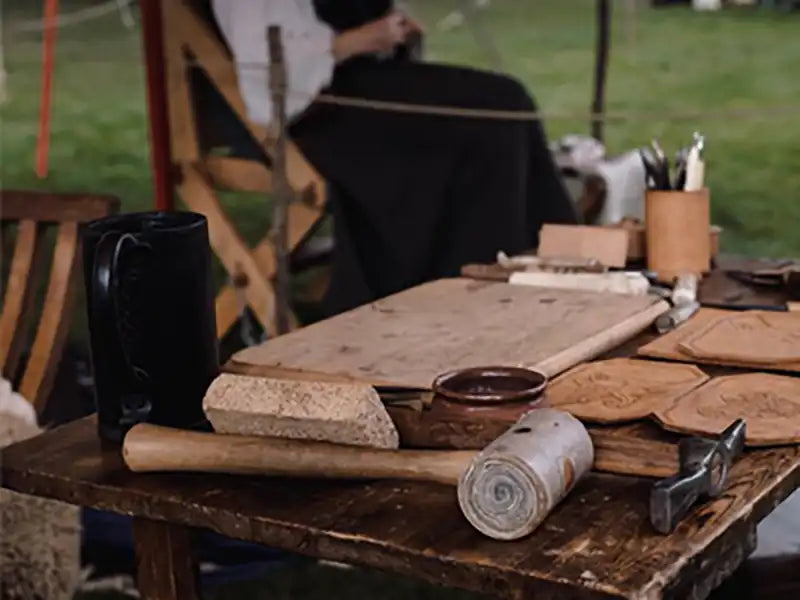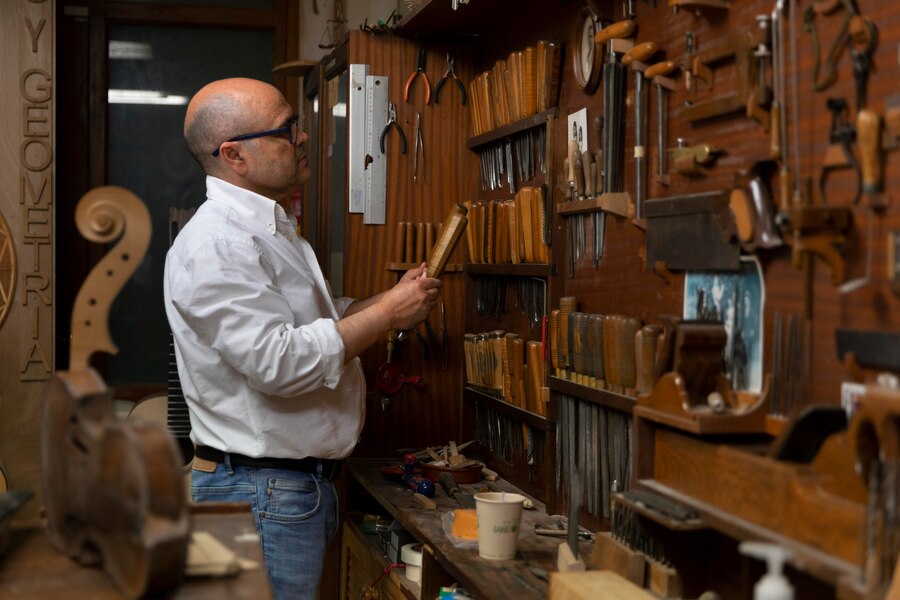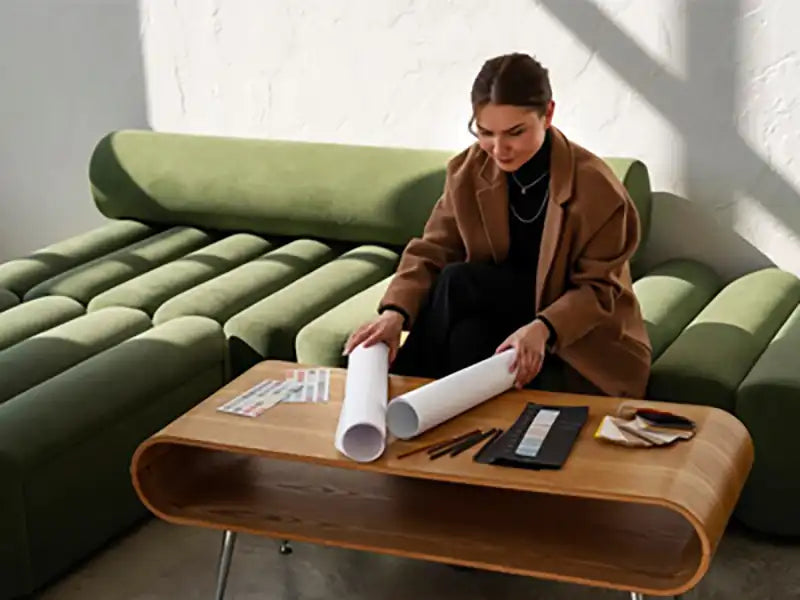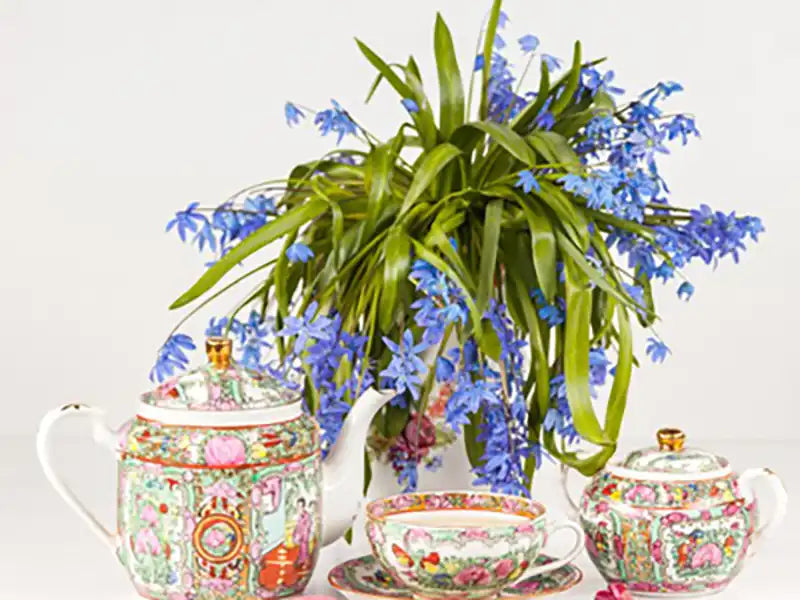In interior design, every element—be it furniture, wall art, lighting or paint colour—plays a crucial role in creating a harmonious environment. While many of us passionately invest in furniture or wall art, seldom do we think of them as interconnected aspects that amplify each other's visual impact.
In a world that constantly churns out design styles as diverse as Scandi minimalism to Mid-century modern, knowing how to pair these two core elements can be overwhelming, particularly when you’re located in Australia where the culture combines urban sensibility with a love for natural textures.
Understanding the Role of Wall Art
Wall art serves as the finishing element that helps pull the space together, making it feel complete. Whether you choose abstract art prints, oil paintings, or textile pieces, the art on your walls is a reflection of your personality.
Think of it as the seasoning in cooking—essential, but requiring subtlety and balance. The right wall art accentuates the furniture, but it can also conflict if not chosen wisely.
Different Furniture Styles and Their Ideal Wall Art Partners
Let’s discuss some popular furniture styles and understand what kind of wall art best complements them:
1. Scandinavian
Known for its simplicity, minimalism, and functionality, Scandinavian design often incorporates pale colors, natural materials like timber, and a lack of clutter.
Art Pairing: When pairing wall art with Scandi furniture, look for art that embodies the same characteristics—think soft, muted colors and minimalist abstract pieces that add to the serenity of the space. In Australia, artists like Miranda Skoczek provide the kind of abstract aesthetic that works wonders in such settings.
2. Mid-century Modern
Characterized by clean lines, gentle curves, and a mix of different materials, Mid-century Modern furniture is timeless and incredibly versatile.
Art Pairing: Geometric abstract art or pieces that incorporate organic shapes work well here. These kinds of art can mimic the clean lines and natural elements found in Mid-century design, creating a well-integrated space. Click here to explore some amazing peices by Australian artists.
3. Industrial
This style is all about exposed bricks, metal, and utilitarian features. It’s rough, unfinished, but carries a certain charm.
Art Pairing: For industrial settings, think large-scale abstracts with darker tones or even mixed media pieces that incorporate materials like metal or wood, reflecting the gritty nature of the furniture.
4. Coastal
Inspired by the ocean and characterized by the use of light hues and natural textures, Coastal furniture is all about creating a breezy, relaxed atmosphere.
Art Pairing: Go for wall art that captures the essence of the sea. Art prints in shades of blue, green, and beige can complete the laid-back vibe. Australian artists like John Olsen have fantastic pieces that fit this category perfectly.
The Importance of Colour
Colour plays a pivotal role in determining how your furniture and art will interact. While it might be tempting to match colours precisely, interior design often benefits from a more nuanced approach.
-
Monochromatic Palettes: If your furniture is neutral, a piece of wall art with a burst of colour can become the room’s focal point. However, ensure that the colour you choose is still in harmony with the room's overall palette.
-
Complementary Colours: Contrasting colours can make both the furniture and art stand out. For example, if you have a teal sofa, an abstract piece with coral accents could create a vibrant dynamic.
Timber Colour and Textures
Australia's love for timber—especially native varieties like Tasmanian Oak or Jarrah—is well-known. The tone of your timber furniture can significantly impact how well your wall art pairs with it.
-
Lighter Woods: With light timber, darker, more vivid art can create a striking contrast.
-
Darker Woods: For furniture in Jarrah or similar dark wood, opt for lighter shades in your art to create a balanced visual weight across the room.
Tips
-
Art Size Matters: Always measure your wall space before purchasing art. For larger furniture, consider larger pieces or a gallery wall to create balance.
-
Art Placement: Hang your art at eye-level and, where possible, at about 140-160cm from the floor to the center of the piece.
-
Flexibility: Your taste in art will evolve, and so will your furniture choices. Opt for timeless pieces that offer flexibility for future redesigns.
-
Consult Australian Artists: Australia has a robust art community. Consider consulting artists or galleries to find unique pieces that resonate with you.
Remember, your home is a canvas, and you're the artist. The right blend of furniture and wall art can transform your space into a masterpiece that narrates your style and story. Happy decorating!






